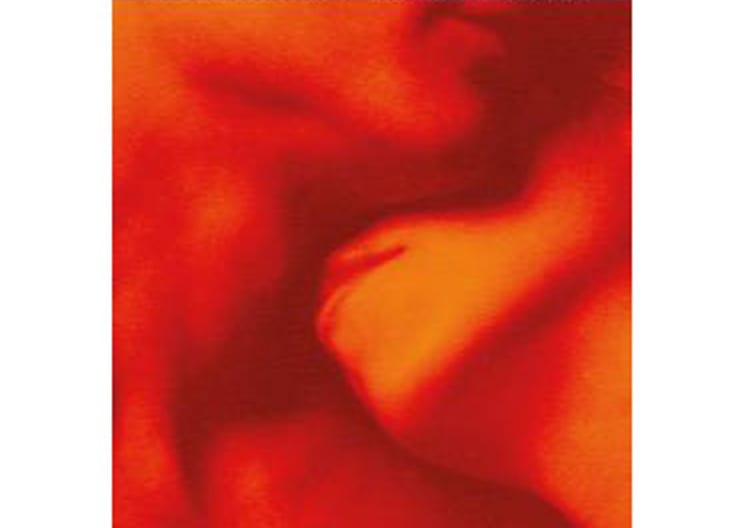This is a wide-ranging, seriously argued and expertly presented exploration of Shakespeare’s tragedy about youngsters locked in a doomed love affair. Although these youngsters are ‘hardly lofty tragic heroes as defined by Aristotle’, the quarto printings of 1597 and 1599 proclaimed the play a tragedy, and Hazlitt remarked that ‘Romeo is Hamlet in love’.
The copious illustrations give us an idea of Weis’s scope. Pictures of stage productions range from David Garrick and Anne Bellamy in 1753 through the 19th and 20th centuries up to 1986. But Weis looks also beyond the legitimate stage, examining musical treatments by Berlioz, Gounod, Tchaikovsky and Prokofiev (noting Stanley Wells’ comment that such treatments ‘create images that superimpose themselves on the Shakespearian text’). He writes briefly but with great enthusiasm about West Side Story and Shakespeare in Love––‘a brilliant fantasy’. My kind of scholar!
For him, Zeffirelli’s theatre and film versions are ‘as much part of the 1960s as the rock musical Hair.’ He enthuses vigorously over Michael Bogdanov’s motorised ‘Alfa’ Romeo and Juliet (RSC 1986) and Baz Luhrmann’s film William Shakespeare’s Romeo + Juliet––‘arguably the greatest Shakespeare film ever’–– and its ‘scintillating’ performances. He approves of David Crystal’s Original [not ‘Old’, as Weis has it] Pronunciation version (Shakespeare’s Globe 2004).
Because Weis is greatly concerned to assist theatre people in solving practical problems, he includes many sensible suggestions about casting and doubling, and a scene-by-scene Casting Chart listing all the roles (except serving men) in decreasing order of length. Instead of the usual Dramatis Personæ, he gives a ‘List of Rôles’, all thirty of which are briefly but informatively and usefully examined.
His discussion of Juliet, here and in his 116 page Introduction, is particularly intriguing. Shakespeare reduced her age from the 16 or 18 given by his sources, to ‘not fourteen’. Fourteen is, of course, the number of lines in the sonnet, a form that recurs throughout the play. In Act Five, Juliet speaks just thirteen lines, the thirteenth ending with ‘die’. Just a coincidence, picked up by bean-counting scholars? Maybe.
Another statistic, of more practical significance, is that Juliet is the third longest of Shakespeare’s rôles for women. Romeo is little more than a cipher by comparison. The play focuses very firmly on Juliet. Hence its concluding couplet:
For never was a story of more woe
Than this of Juliet and her Romeo’.
Significantly, this play was written between comedies in which women rule the roost, and is ‘driven by the same boy-girl dynamic’ as they are. Juliet so far outgrows Romeo that her ‘Roman’ suicide is a more fitting conclusion than a maudlin farewell could ever have been.
Mercutio, Weis contends, exposes Romeo’s dreams of ‘courtly love and its pre-Freudian pretence that a lover is fuelled by sentiment alone’. (Juliet, in ‘Gallop apace, ye fiery-footed steeds,’ show far greater understanding of fleshy reality.) Discussing the characters and issues of the play, Weis’s frame of reference is wittily wide. Friar Laurence’s response to Juliet’s suicide shows that he ‘has more in common with Giovanni Guareschi’s hands-on village priest Don Camillo than with Orthodox Church doctrine’.
We learn that Shakespeare filched vocabulary such as ‘Prince of cats’ and ‘dishclout’ from Nashe’s 1596 pamphlet Have with You to Saffron Walden. Romeo and Juliet’s first meeting provokes mention of the rarity of full frontal kissing on the Elizabethan stage. He is understandably amused that textual cuts by directors in the interests of propriety (Garrick was particularly timid) were reversed by the American Charlotte Cushman, who played a feisty Romeo to her sister’s Juliet in the 1830s and ’40s.
Anyone teaching or studying this play will find it both interesting and useful. Also, and this is not always the case with learned editions of Shakespeare, directors and actors may well find that it provides a practical stimulus to their work.
The Arden Shakespeare (Third Series), 2012
ISBN-10: 1903436915
PB £18.99 HB £65.00

